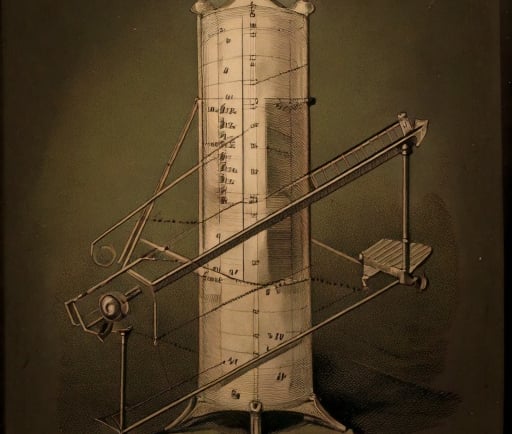A Comprehensive Perspective on Euler's Formula


Introduction to Euler's Formula
Euler's formula is a remarkable equation in mathematics that establishes a deep relationship between trigonometric functions and exponential functions. Formulated by the Swiss mathematician Leonhard Euler in the 18th century, the formula is expressed as e^(ix) = cos(x) + i*sin(x), where 'e' is Euler's number, 'i' is the imaginary unit, and 'x' is a real number. This formula elegantly bridges different areas of mathematics, making it an essential tool in several fields such as engineering, physics, and computer science.
The Significance of Euler's Formula
One of the profound aspects of Euler's formula is its versatility across various mathematical domains. In complex analysis, it facilitates the representation of complex numbers in polar form. Furthermore, the formula allows for the interpretation of periodic functions through the eyes of exponential growth and decay. This symbiosis between the real and imaginary parts underscores the formula's importance in theoretical physics, particularly in quantum mechanics and wave theory.
Moreover, Euler's formula provides a foundation for Fourier series, which underpins the analysis of periodic functions. By expressing these functions as a sum of sines and cosines, Euler's formula enables mathematicians and engineers to decompose complex periodic signals into manageable components. As such, it is an invaluable concept in signal processing and telecommunications, where these principles are directly applied.
Applications of Euler's Formula in Real-World Scenarios
In practical contexts, the implications of Euler's formula can be observed in various engineering applications, particularly electrical engineering. For instance, it plays a crucial role in understanding alternating current (AC) circuits, where voltages and currents are represented as complex sinusoidal functions. Understanding these complex representations allows engineers to analyze circuit behaviors efficiently, leading to advancements in technology.
Additionally, in computer graphics, Euler's formula is utilized for creating complex animations and simulations. It allows for the smooth rotation and transformation of graphical elements in a two-dimensional or three-dimensional space, fundamentally enhancing user experience in gaming and virtual reality. This application of Euler's formula illuminates its impact on contemporary digital technologies, emphasizing its relevance in both mathematical theory and practical implementation.
Conclusion
Euler's formula stands as a testament to the beauty and interconnectedness of mathematical concepts. Its ability to bridge the realms of real and imaginary numbers, alongside its numerous applications in diverse fields, such as engineering and computer graphics, demonstrates its profound significance. As we continue to explore mathematical theories, Euler's formula will undoubtedly remain a pivotal element in our quest to understand the depths of mathematics and its applications across various disciplines.
